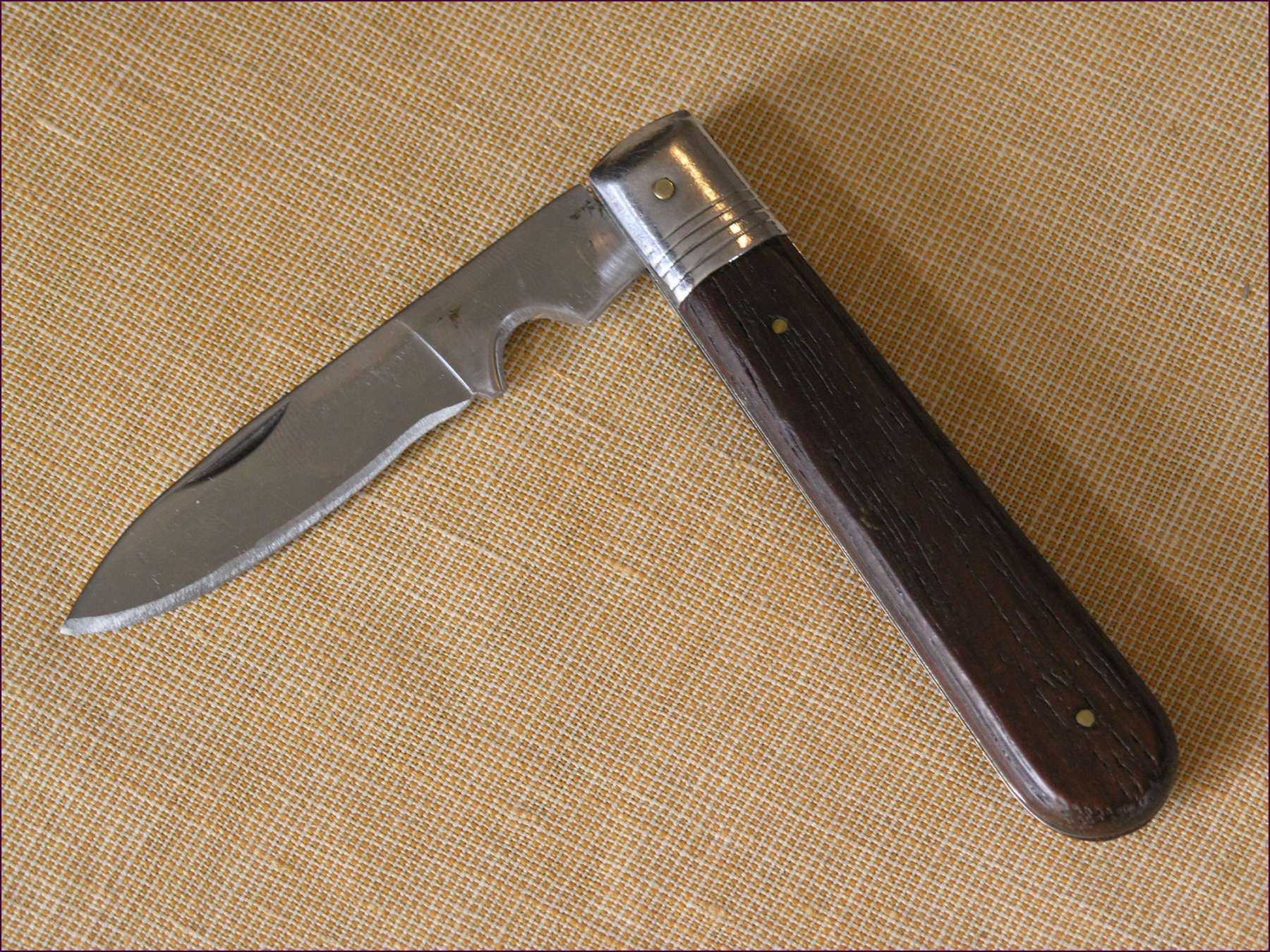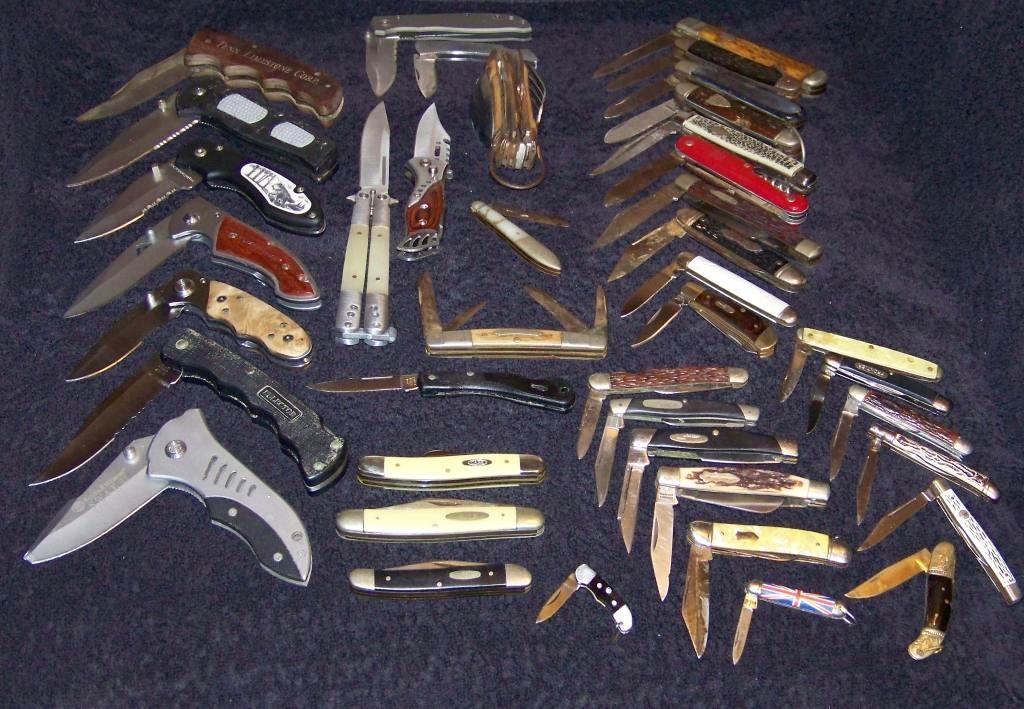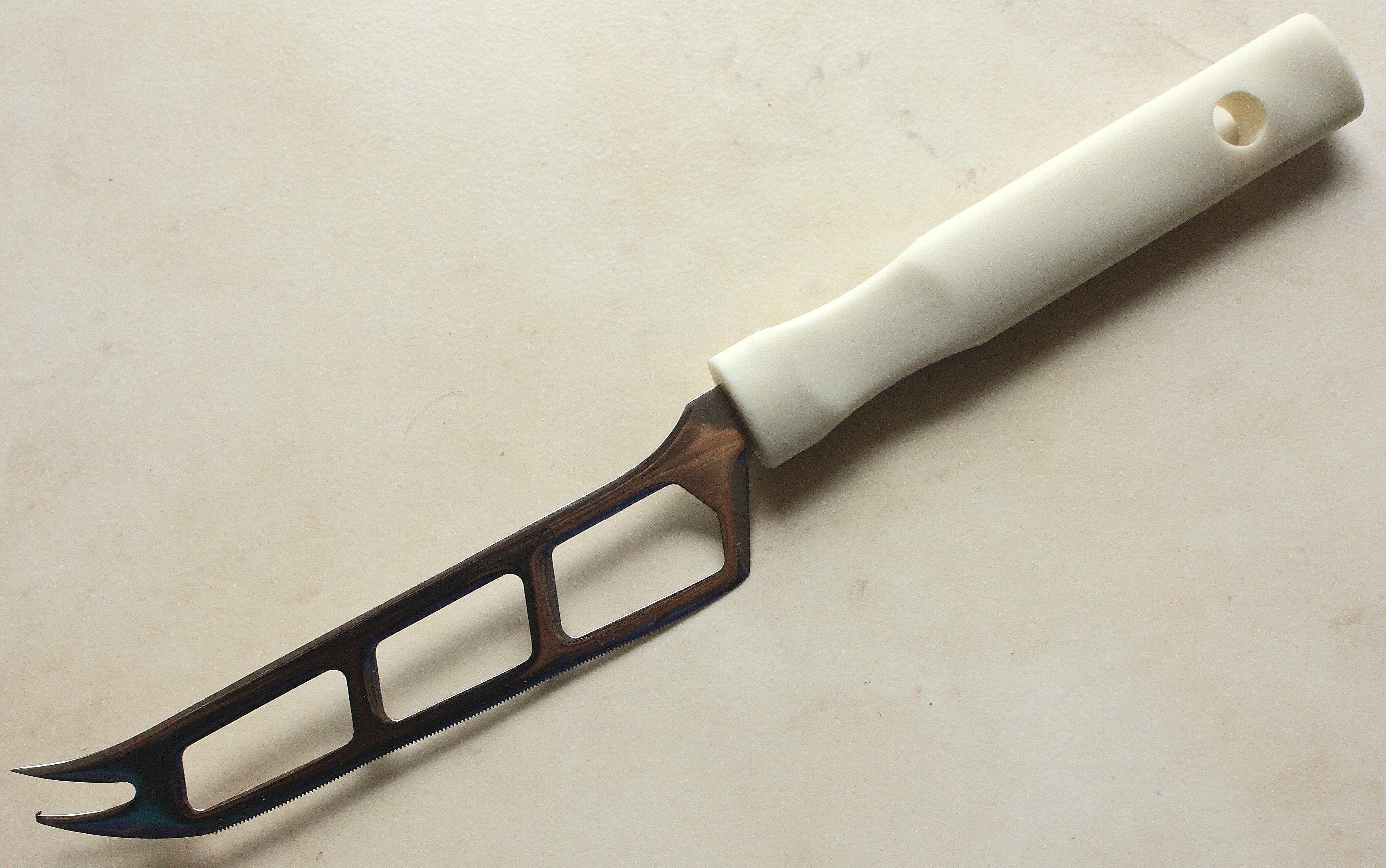|
Penknife
Penknife, or pen knife, is a British English term for a small folding knife. Today the word ''penknife'' is the common British English term for both a pocketknife, which can have single or multiple blades, and for multi-tools, with additional tools incorporated into the design. Originally, penknives were used for thinning and pointing quills (cf. ''penna'', Latin for ''feather'') to prepare them for use as dip pens and, later, for repairing or re-pointing the nib. A penknife might also be used to sharpen a pencil, prior to the invention of the pencil sharpener. In the mid-1800s, penknives were necessary to slice the uncut edges of newspapers and books. A penknife did not necessarily have a folding blade, but might resemble a scalpel or chisel by having a short, fixed blade at the end of a long handle. One popular (but incorrect) folk etymology makes an association between the size of a penknife and that of a small ballpoint pen. During the 20th century there has been a prolifer ... [...More Info...] [...Related Items...] OR: [Wikipedia] [Google] [Baidu] |
Pocket-knife
A pocketknife is a knife with one or more blades that fold into the handle. They are also known as jackknives (jack-knife), folding knives, or may be referred to as a penknife, though a penknife may also be a specific kind of pocketknife. A typical blade length is . Pocketknives are versatile tools, and may be used for anything from whittling and woodcarving, to butchering small game, gutting and filleting small fish, aiding in the preparation of tinder and kindling for fires, boring holes in soft material, to opening an envelope, cutting twine, slicing a piece of fruit or as a means of self-defense. Specialised designs are also used for mushroom hunting and gardening. Pocketknives designed for gardening include pruning knives, which are folding knives with long curved blades used for pruning, trimming cuttings, taking buds and preparing material for grafting. History The earliest known pocketknives date to at least the early Iron Age. A pocketknife with a bone handle wa ... [...More Info...] [...Related Items...] OR: [Wikipedia] [Google] [Baidu] |
Skeleton Knife
A skeleton knife refers to two different types of knives, a kitchen knife and an unadorned penknife. Cheese knife The first type of skeleton knife is a small kitchen knife that typically has three large holes on its blade used for cutting fruit or cheese. The purpose of these holes is to reduce the surface area of the blade so that sticky foods do not cling to it. Most skeleton knives are used for cutting very soft foods. The knife was created by a Swiss restaurant and after its creation and advertisement it was stolen by many cutlery Cutlery (also referred to as silverware, flatware, or tableware), includes any hand implement used in preparing, serving, and especially eating food in Western culture. A person who makes or sells cutlery is called a cutler. The city of Sheffie ... companies and private manufacturers, and is now widely manufactured by companies like Victorinox. Penknife The less commonly known type of skeleton knife is a penknife that was made without bolste ... [...More Info...] [...Related Items...] OR: [Wikipedia] [Google] [Baidu] |
Pocketknife
A pocketknife is a knife with one or more blades that fold into the handle. They are also known as jackknives (jack-knife), folding knives, or may be referred to as a penknife, though a penknife may also be a specific kind of pocketknife. A typical blade length is . Pocketknives are versatile tools, and may be used for anything from whittling and woodcarving, to butchering small game, gutting and filleting small fish, aiding in the preparation of tinder and kindling for fires, boring holes in soft material, to opening an envelope, cutting twine, slicing a piece of fruit or as a means of self-defense. Specialised designs are also used for mushroom hunting and gardening. Pocketknives designed for gardening include pruning knives, which are folding knives with long curved blades used for pruning, trimming cuttings, taking buds and preparing material for grafting. History The earliest known pocketknives date to at least the early Iron Age. A pocketknife with a bone handle w ... [...More Info...] [...Related Items...] OR: [Wikipedia] [Google] [Baidu] |
Penny Knife
The penny knife was a originally a simple 18th century utility knife with a fixed blade. It got the name ''penny knife'' because it cost 1 penny in England and America towards the end of the 18th century. The famous ''Fuller's Penny Knife'' helped gain the reputation of Sheffield, England, cutlers in the pre-industrial era of the early 18th century. Description The ''penny knife'' later evolved into a basic, mass-produced pocketknife with a folding blade, which pivoted freely in and out of the handle without a backspring or other device to hold it in position (other than the frictional pressures of the knife handle). This type of knife was popular with farmers in the United States, England, France, Italy, Portugal, and Spain for much of the 19th and part of the 20th century, and consequently is often called a ''farmer knife'', ''sodbuster knife'', or ''peasant knife''.''The Youth's Companion'', Boston, MA: Perry Mason & Co., Vol. 52, No. 1 (2 January 1879), p. 108 Antique penn ... [...More Info...] [...Related Items...] OR: [Wikipedia] [Google] [Baidu] |
Pocket Knives
A pocketknife is a knife with one or more blades that fold into the handle. They are also known as jackknives (jack-knife), folding knives, or may be referred to as a penknife, though a penknife may also be a specific kind of pocketknife. A typical blade length is . Pocketknives are versatile tools, and may be used for anything from whittling and woodcarving, to butchering small game, gutting and filleting small fish, aiding in the preparation of tinder and kindling for fires, boring holes in soft material, to opening an envelope, cutting twine, slicing a piece of fruit or as a means of self-defense. Specialised designs are also used for mushroom hunting and gardening. Pocketknives designed for gardening include pruning knives, which are folding knives with long curved blades used for pruning, trimming cuttings, taking buds and preparing material for grafting. History The earliest known pocketknives date to at least the early Iron Age. A pocketknife with a bone handle w ... [...More Info...] [...Related Items...] OR: [Wikipedia] [Google] [Baidu] |
Quill
A quill is a writing tool made from a moulted flight feather (preferably a primary wing-feather) of a large bird. Quills were used for writing with ink before the invention of the dip pen, the metal- nibbed pen, the fountain pen, and, eventually, the ballpoint pen. As with the earlier reed pen (and later dip pen), a quill has no internal ink reservoir and therefore needs to periodically be dipped into an inkwell during writing. The hand-cut goose quill is rarely used as a calligraphy tool anymore because many papers are now derived from wood pulp and would quickly wear a quill down. However, it is still the tool of choice for a few scribes who have noted that quills provide an unmatched sharp stroke as well as greater flexibility than a steel pen. Description The shaft of a flight feather is long and hollow, making it an obvious candidate for being crafted into a pen. The process of making a quill from a feather involves curing the shaft to harden it, then fashioning it ... [...More Info...] [...Related Items...] OR: [Wikipedia] [Google] [Baidu] |
Nib (pen)
A nib is the part of a quill, dip pen, fountain pen, ball point or stylus which comes into contact with the writing surface in order to deposit ink. Different types of nibs vary in their purpose, shape and size, as well as the material from which they are made. History Quill The quill replaced the reed pen across Europe by the Early Middle Ages and remained the main writing tool of the West for nearly a thousand years until the 17th century. Quills are fashioned by cutting a nib into the end of a feather obtained from a fairly large bird, such as a goose, traditionally from its left wing. A quill has the advantage of being more durable and more flexible than a reed pen, and it can also retain ink in the hollow shaft of the feather, known as the calamus, allowing more writing time between ink dippings. The quill was in common use until the early 19th century and the advent of the metal nib. For business purposes, the quill was fairly quickly overtaken; however, it remains popul ... [...More Info...] [...Related Items...] OR: [Wikipedia] [Google] [Baidu] |
Tweezers
Tweezers are small hand tools used for grasping objects too small to be easily handled with the human fingers. Tweezers are thumb-driven forceps most likely derived from tongs used to grab or hold hot objects since the dawn of recorded history. In a scientific or medical context, they are normally referred to as just "forceps", a name that is used together with other grasping surgical instruments that resemble pliers, pincers and scissors-like clamps. Tweezers make use of two third-class levers connected at one fixed end (the fulcrum point of each lever), with the pincers at the others. When used, they are commonly held with one hand in a pen grip between the thumb and index finger (sometimes also the middle finger), with the top end resting on the first dorsal interosseous muscle at the webspace between the thumb and index finger. Spring tension holds the grasping ends apart until finger pressure is applied. This provides an extended pinch and allows the user to easily gr ... [...More Info...] [...Related Items...] OR: [Wikipedia] [Google] [Baidu] |
Multi-tool
A multi-tool (or multitool) is a hand tool that combines several individual functions in a single unit. The smallest are credit-card or key sized units designed for carrying in a wallet or on a keyring, but others are designed to be carried in a trouser pocket or belt-mounted pouch. Historical The idea of incorporating several tools in one unit is very old, dating back at least as far as Middle Roman times. Many of these were used for eating. Pocket knives Among the earliest contemporary examples is the Swiss Army knife, as supplied by makers Victorinox and Wenger. The actual version supplied to the Swiss army includes a knife blade, a reamer, a bottle-opener– screwdriver– wire stripper, and a can-opener–screwdriver. Besides Victorinox and Wenger, many other manufacturers now make similar knives. Other versions may include items like a nail file, tweezers, folding scissors, a tooth pick, a magnifying glass, screwdriver bits and others. There are also vers ... [...More Info...] [...Related Items...] OR: [Wikipedia] [Google] [Baidu] |
Opinel Knife
The Opinel company has manufactured and marketed a line of eponymous wooden-handled knives since 1890 from its headquarters in Saint-Jean-de-Maurienne, Savoie, France where the family-run company also operates a museum dedicated to its knives. The company sells approximately 15 million knives annually. Opinel knives are made of both high carbon and stainless steel, the latter being Sandvik steel from Sweden. Originally sold as a working man's knife, an Opinel knife has become emblematic of French culture. C NEWS, Le Couteau Opinel, La Lame Universelle', Directsoir, no 233, 30 october 2007, republished 7 July 2013, retrieved 15 May 2022 Pablo Picasso is said to have used one of the company's knives as a sculpting tool. In 1989, the Larousse dictionary cited "Opinel" as a registered trademark. History Joseph Opinel began making knives in 1890 in Savoie, France as a simple working man's or '' peasant's knife''.''L'Opinel, une fine lame toujours à l'affût'', Rhône-Alpes, A ... [...More Info...] [...Related Items...] OR: [Wikipedia] [Google] [Baidu] |



.jpg)



